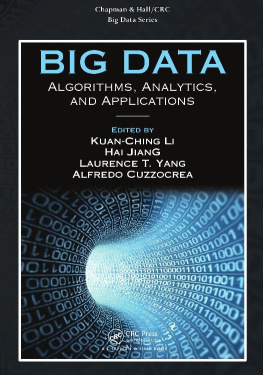1.1 Introduction
For many people, big data is somehow virtually synonymous with one applicationmarketing analyticsin one verticalretail. For example, by collecting purchase transaction data from shoppers based on loyalty cards or other unique identifiers such as telephone numbers, account numbers, or email addresses, a company can segment those customers better and identify promotions that will boost profitable revenues, either through insights derived from the data, A/B testing, bundling, or the like. Such insights can be extended almost without bound. For example, through sophisticated analytics, Harrahs determined that its most profitable customers werent gold cuff-linked, limousine-riding high rollers, but rather teachers, doctors, and even machinists (Loveman ). Not only did they come to understand who their best customers were, but how they behaved and responded to promotions. For example, their target customers were more interested in an offer of $60 worth of chips than a total bundle worth much more than that, including a room and multiple steak dinners in addition to chips.
While marketing such as this is a great application of big data and analytics, the reality is that big data has numerous strategic business applications across every industry vertical. Moreover, there are many sources of big data available from a companys day-to-day business activities as well as through open data initiatives, such as data.gov in the U.S., a source with almost 200,000 datasets at the time of this writing.
To apply big data to critical areas of the firm, there are four major generic approaches that companies can use to deliver unparalleled customer value and achieve strategic competitive advantage: better processes, better products and services, better customer relationships, and better innovation.
1.1.1 Better Processes
Big data can be used to optimize processes and asset utilization in real time, to improve them in the long term, and to generate net new revenues by entering new businesses or at least monetizing data generated by those processes. UPS optimizes pickups and deliveries across its 55,000 routes by leveraging data ranging from geospatial and navigation data to customer pickup constraints (Rosenbush and Stevens ).
1.1.2 Better Products and Services
Big data can be used to enrich the quality of customer solutions, moving them up the experience economy curve from mere products or services to experiences or transformations. For example, Nike used to sell sneakers, a product. However, by collecting and aggregating activity data from customers, it can help transform them into better athletes. By linking data from Nike products and apps with data from ecosystem solution elements, such as weight scales and body-fat analyzers, Nike can increase customer loyalty and tie activities to outcomes (Withings ).
1.1.3 Better Customer Relationships
Rather than merely viewing data as a crowbar with which to open customers wallets a bit wider through targeted promotions, it can be used to develop deeper insights into each customer, thus providing better service and customer experience in the short term and products and services better tailored to customers as individuals in the long term. Netflix collects data on customer activities, behaviors, contexts, demographics, and intents to better tailor movie recommendations (Amatriain ).
1.1.4 Better Innovation
Data can be used to accelerate the innovation process, and make it of higher quality, all while lowering cost. Data sets can be published or otherwise incorporated as part of an open contest or challenge, enabling ad hoc solvers to identify a best solution meeting requirements. For example, GE Flight Quest incorporated data on scheduled and actual flight departure and arrival times, for a contest intended to devise algorithms to better predict arrival times, and another one intended to improve them (Kaggle ). As the nexus of innovation moves from man to machine, data becomes the fuel on which machine innovation engines run.
These four business strategies are what I call digital disciplines (Weinman ).
1.2 From Value Disciplines to Digital Disciplines
The value disciplines originally identified by Treacy and Wiersema are operational excellence , product leadership , and customer intimacy .
Operational excellence entails processes which generate customer value by being lower cost or more convenient than those of competitors. For example, Michael Dell, operating as a college student out of a dorm room, introduced an assemble-to-order process for PCs by utilizing a direct channel which was originally the phone or physical mail and then became the Internet and eCommerce. He was able to drive the price down, make it easier to order, and provide a PC built to customers specifications by creating a new assemble-to-order process that bypassed indirect channel middlemen that stocked pre-built machines en masse, who offered no customization but charged a markup nevertheless.
Product leadership involves creating leading-edge products (or services) that deliver superior value to customers. We all know the companies that do this: Rolex in watches, Four Seasons in lodging, Singapore Airlines or Emirates in air travel. Treacy and Wiersema considered innovation as being virtually synonymous with product leadership, under the theory that leading products must be differentiated in some way, typically through some innovation in design, engineering, or technology.
Customer intimacy , according to Treacy and Wiersema, is focused on segmenting markets, better understanding the unique needs of those niches, and tailoring solutions to meet those needs. This applies to both consumer and business markets. For example, a company that delivers packages might understand a major customers needs intimately, and then tailor a solution involving stocking critical parts at their distribution centers, reducing the time needed to get those products to their customers. In the consumer world, customer intimacy is at work any time a tailor adjusts a garment for a perfect fit, a bartender customizes a drink, or a doctor diagnoses and treats a medical issue.
Traditionally, the thinking was that a company would do well to excel in a given discipline, and that the disciplines were to a large extent mutually exclusive. For example, a fast food restaurant might serve a limited menu to enhance operational excellence. A product leadership strategy of having many different menu items, or a customer intimacy strategy of customizing each and every meal might conflict with the operational excellence strategy. However, now, the economics of informationstorage prices are exponentially decreasing and data, once acquired, can be leveraged elsewhereand the increasing flexibility of automationsuch as roboticsmean that companies can potentially pursue multiple strategies simultaneously.
Digital technologies such as big data enable new ways to think about the insights originally derived by Treacy and Wiersema. Another way to think about it is that digital technologies plus value disciplines equal digital disciplines: operational excellence evolves to information excellence , product leadership of standalone products and services becomes solution leadership of smart, digital products and services connected to the cloud and ecosystems, customer intimacy expands to collective intimacy , and traditional innovation becomes accelerated innovation . In the digital disciplines framework, innovation becomes a separate discipline, because innovation applies not only to products, but also processes, customer relationships, and even the innovation process itself. Each of these new strategies can be enabled by big data in profound ways.


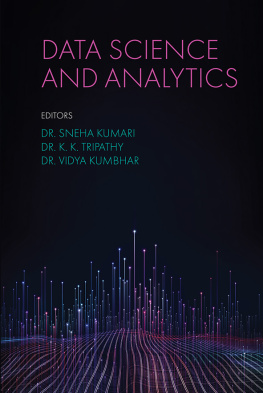

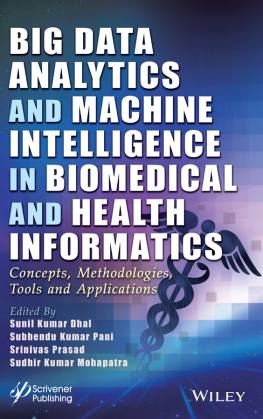
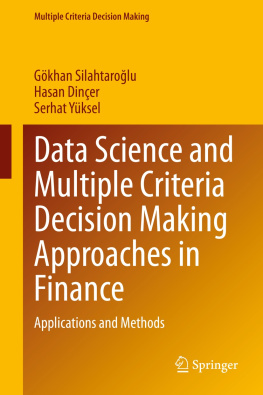
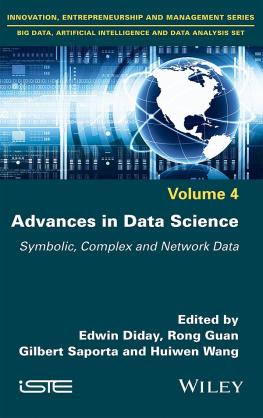
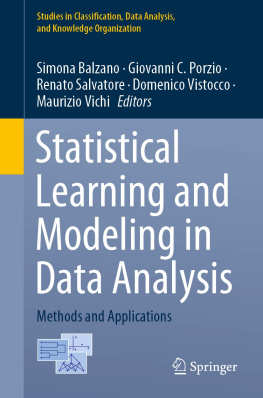
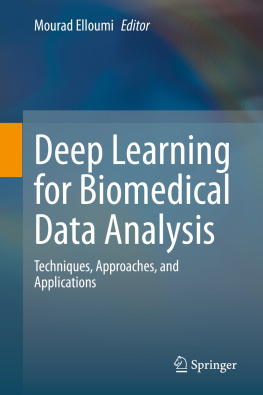
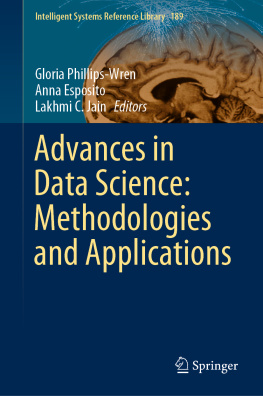
![Bart Baesens [Bart Baesens] - Analytics in a Big Data World: The Essential Guide to Data Science and its Applications](/uploads/posts/book/119608/thumbs/bart-baesens-bart-baesens-analytics-in-a-big.jpg)
